Home>Ideas and Tips>Shadows Of Style Mastering Mood Lighting
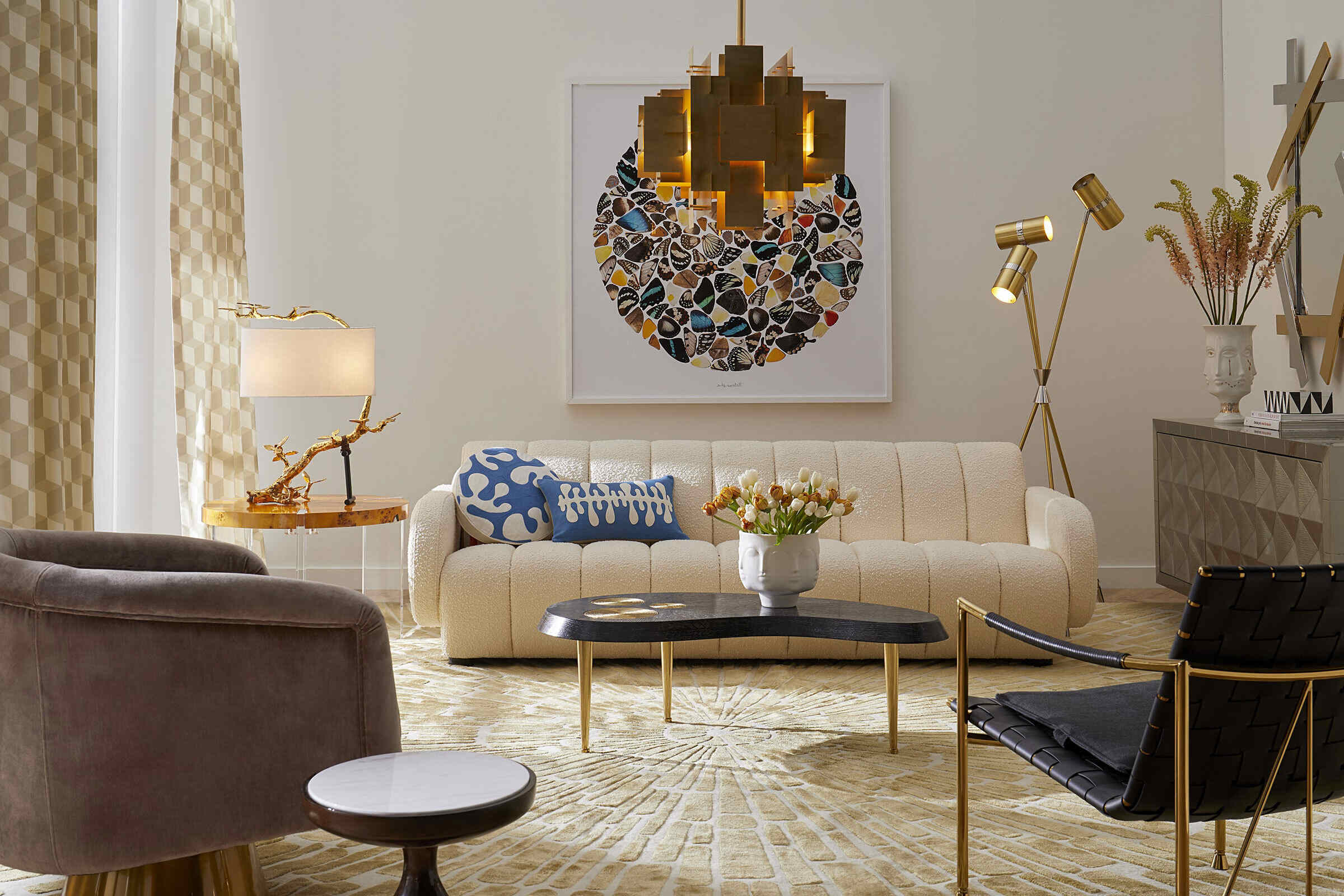

Ideas and Tips
Shadows Of Style Mastering Mood Lighting
Published: October 20, 2024
Discover the art of mood lighting to transform your photos and films. Learn techniques to create compelling visuals with light and shadows.
(Many of the links in this article redirect to a specific reviewed product. Your purchase of these products through affiliate links helps to generate commission for Storables.com, at no extra cost. Learn more)
Lighting is more than just illuminating your subject; it’s about creating a mood and telling a story. Different lighting setups can evoke different emotions and atmospheres in your images, transforming them from mere snapshots to powerful narratives. This article will delve into the art of mastering mood lighting, exploring various techniques and styles that photographers and filmmakers use to craft compelling visuals.
The Power of Light and Shadows
Lighting is fundamental to influencing the mood, tone, and overall aesthetic of any visual medium. Whether you're capturing portraits, landscapes, or scenes for film, the intentional use of shadows and pockets of light can enhance the mood and atmosphere of your images. Shadows add depth, dimension, and mystery to your photographs, while light sources can create a sense of warmth, approachability, or even suspense.
Soft Light with Shadows
One of the most flattering lighting setups is soft light with shadows. This type of lighting is gentle and provides a smooth transition between light and shadow. It's perfect for portraits where you want to convey warmth and approachability. For instance, using a softbox or a diffused light source close to the subject can create a soft, natural light that minimizes harsh shadows. However, the presence of shadows adds depth and dimension to the image, giving it a natural and realistic feel.
Shadowless Light
On the other hand, shadowless light is achieved by using a large, diffuse light source close to the subject. This setup eliminates harsh shadows but can sometimes make the image appear flat. It's ideal for beauty photography where even skin tones and soft details are desired. However, it lacks the depth and dimension that shadows provide, making it less suitable for capturing complex emotions or dramatic scenes.
High-Contrast Light
High-contrast light with strong shadows creates a dramatic and mysterious look. This setup is characterized by a more aggressive light source that casts dense shadows. The density of these shadows adds a sense of intrigue and intensity, perfect for creating images with a powerful emotional impact. High-contrast lighting is often used in genres like thriller, horror, and noir to enhance the mood and atmosphere of the scene.
Multi-Pocket Lighting
Another interesting technique is multi-pocket lighting, where small highlights are strategically placed around the subject. This method creates a mysterious atmosphere by keeping most of the image in shadow, with just enough light to hint at details. It's a great way to add complexity and interest to your photographs without overwhelming the viewer with too much light.
Practical Demonstrations
To illustrate these concepts, practical demonstrations are crucial. For instance, using a point light source similar to sunlight on a clear day can cast sharp shadows. By moving the light around, you can demonstrate how the position of shadows changes and how it affects the natural look of the image. Manipulating shadows using negative fill and reflectors is also essential for balancing light and achieving the desired mood in your photos.
Negative Fill and Reflectors
Manipulating shadows involves introducing poly boards to increase shadow density on one side of your subject's face, creating a more dramatic look. Conversely, using a white reflector board can bounce light into shadows, softening them and brightening the overall image. This technique is crucial for balancing light and achieving the desired mood in your photos.
Cinematic Lighting Techniques
Cinematic lighting techniques are equally important in film and photography. Different lighting setups can transform a scene, making it feel realistic, fantastical, or dramatically intense. Here are some key concepts and techniques in lighting design:
Three-Point Lighting
Three-point lighting is a staple in filmmaking. It uses three light sources: key light, fill light, and back light. This setup provides depth and dimension, creating dramatic contrasts that highlight character features and emotions. The key light is the primary source of illumination, while the fill light softens shadows, and the back light separates the subject from the background.
High-Key Lighting
High-key lighting reduces shadows and creates a bright, cheerful atmosphere. It is commonly used in comedies and musicals where scenes are bright and storylines are even brighter. This type of lighting ensures that every detail is visible, making it ideal for scenes requiring clarity and precision.
Low-Key Lighting
Low-key lighting creates stark shadows and a high contrast ratio. It is often used in thrillers and horror films to cast shadows over characters' faces, enhancing the film's dark and ominous mood. Low-key lighting adds depth and mystery to scenes, drawing attention to specific elements within the frame.
Natural Lighting
Using natural light can add realism and authenticity to your images. Capturing the beauty of the natural world requires a keen sense for lighting technique, exposure, and aperture control. Natural light can be used to create a sense of time and place, making your images feel more grounded in reality.
Practical Lighting
Practical lights are actual light sources within the scene, such as lamps or candles. These light sources can be more difficult to control when lighting an entire set but add an important, nuanced atmosphere to a scene. Practical lighting is often used in period films to achieve an authentic and historic look, enhancing the film's ability to move the audience.
Chiaroscuro
Chiaroscuro is a technique taken from classical painting that emphasizes bold contrasts between light and dark or different colors in the palette. This dramatic effect helps bring life to dystopian worlds and heavily stylized environments by creating a sense of volume, depth, and complexity within a film.
Mastering Light and Shadow in Photography
Photographers like Fan Ho have mastered the art of using light and shadows to create compelling images. Fan Ho, one of the most influential Asian photographers, won over 300 awards in his career. His photographs are centered around street photography and urban life, often using high and low-key lighting techniques to achieve a certain mood for each particular picture.
Fan Ho's use of contrast is particularly noteworthy. He would push the exposure to shift attention to important elements while losing some details in the process. This technique adds depth and complexity to his images, making them visually appealing and emotionally impactful.
Fan Ho's Techniques
Fan Ho's photography style is characterized by his use of scale when framing subjects. He loved to utilize rhythm in his compositions, often cropping images to create a sense of drama or intimacy. His high contrast images have just the right amount of details, making them visually appealing without overwhelming the viewer.
Fan Ho also used subframing techniques where the subject is carefully composed into the environment. Sometimes he would focus on expressions alone, capturing the essence of his subjects through their facial expressions. His use of leading lines is another brilliant technique he employed to guide the viewer's eye through the composition.
Setting the Mood with Lighting in Game Art
Lighting in game art is a powerful tool that affects our feelings and draws us into the story. Warm colors make us feel excited, while cool colors make us feel calm. Dim light adds mystery, and bright light creates tension. Small details like shadows and highlights can direct the player's attention or hint at upcoming events.
Game artists use different types of lights to create realistic virtual worlds. Each type of light has a special purpose, helping to set the mood and tell a story. For example, realistic lighting mimics real-world behavior using accurate physics and rendering. Natural light sources like sunlight and moonlight create believable environments, as seen in games like "Red Dead Redemption 2."
Stylized lighting, on the other hand, doesn't aim for realism. Instead, it uses exaggerated colors, unique shading, and creative light sources to create distinctive visuals. The vibrant, cel-shaded world of "Borderlands" is a great example of this style.
Atmospheric lighting focuses on creating specific emotions through color, intensity, contrast, and effects like volumetric lighting. "Dark Souls" uses dark, moody lighting to match its challenging gameplay and gothic setting.
Read more: Lighting Magic: Set The Mood In Every Room
Tips for Mastering Mood Lighting
Mastering mood lighting requires practice and experimentation. Here are some tips to help you improve your lighting setup:
-
Experiment with Color: Color isn't just about how things look; it affects how we feel. Use warm colors to make spaces feel welcoming, cool colors for a sense of mystery, and complementary colors to create contrast.
-
Balance Realism and Performance: Aim to balance amazing lighting with smooth gameplay. Optimize your lighting by using techniques like Levels of Detail (LODs) and culling.
-
Iterate and Test: Don't hesitate to experiment and adjust. Test your levels with different lighting setups and get feedback from others.
-
Pay Attention to Shadows: Shadows can add depth and mystery to your images. Manipulate shadows using negative fill and reflectors to achieve the desired mood.
-
Use Practical Lighting: Practical lights can add an important, nuanced atmosphere to a scene. Use lamps or candles in period films or other settings where authenticity is key.
-
Master Different Lighting Techniques: Learn various lighting techniques such as three-point lighting, high-key lighting, low-key lighting, natural lighting, and chiaroscuro. Each technique has its own unique effect on the mood and atmosphere of your images.
Conclusion
Mastering mood lighting is a powerful tool for any photographer or filmmaker. By understanding how different lighting setups affect the emotional impact of an image, you can create photos that resonate deeply with your audience. Whether you're capturing portraits, landscapes, or scenes for film, the intentional use of shadows and pockets of light can enhance the mood and atmosphere of your images.
Experiment with these techniques, and don't be afraid to play with shadows and light to discover your unique style. Remember that lighting is not just about illuminating your subject; it's about creating a mood and telling a story. With practice and patience, you can master the art of mood lighting and elevate your visual storytelling to new heights.
By following these tips and techniques outlined in this article, you'll be well on your way to mastering the art of mood lighting in photography and filmmaking. Whether you're aiming for a dramatic effect or a subtle nuance, understanding how light interacts with shadows will give you the creative control needed to craft compelling visuals that captivate audiences worldwide.
Was this page helpful?
At Storables.com, we guarantee accurate and reliable information. Our content, validated by Expert Board Contributors, is crafted following stringent Editorial Policies. We're committed to providing you with well-researched, expert-backed insights for all your informational needs.
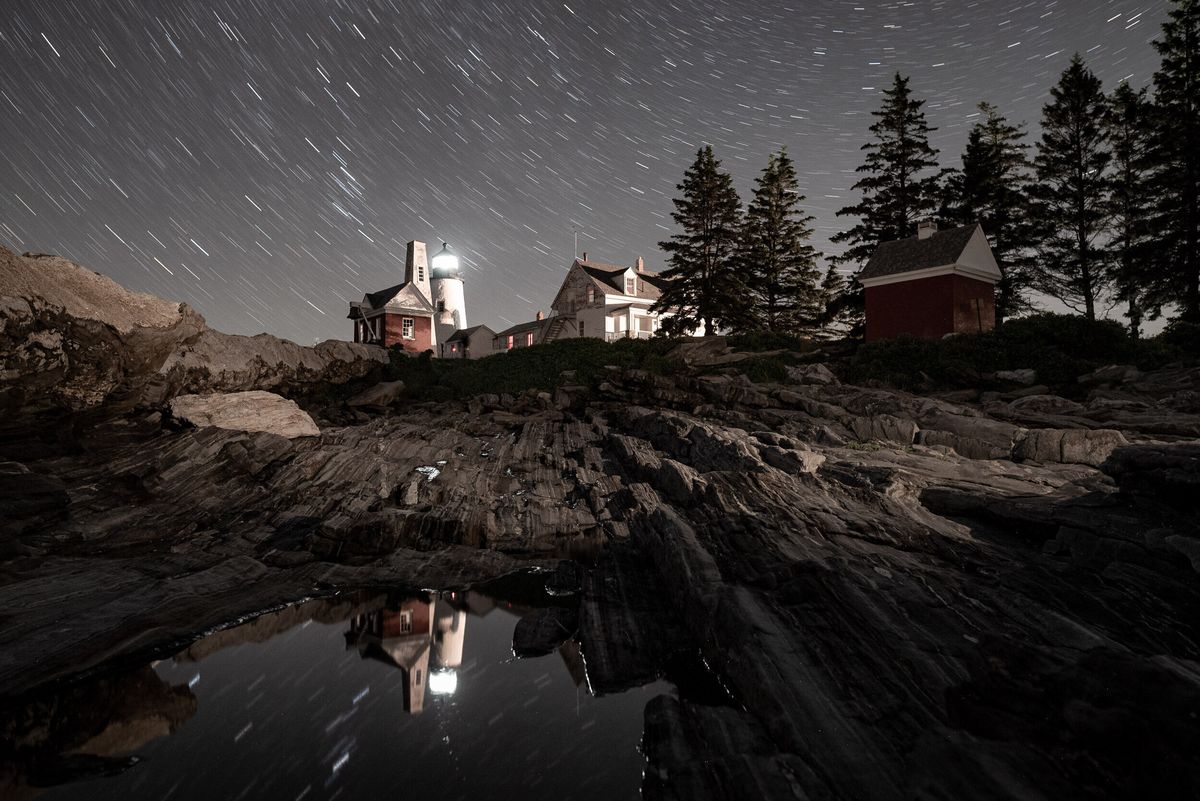
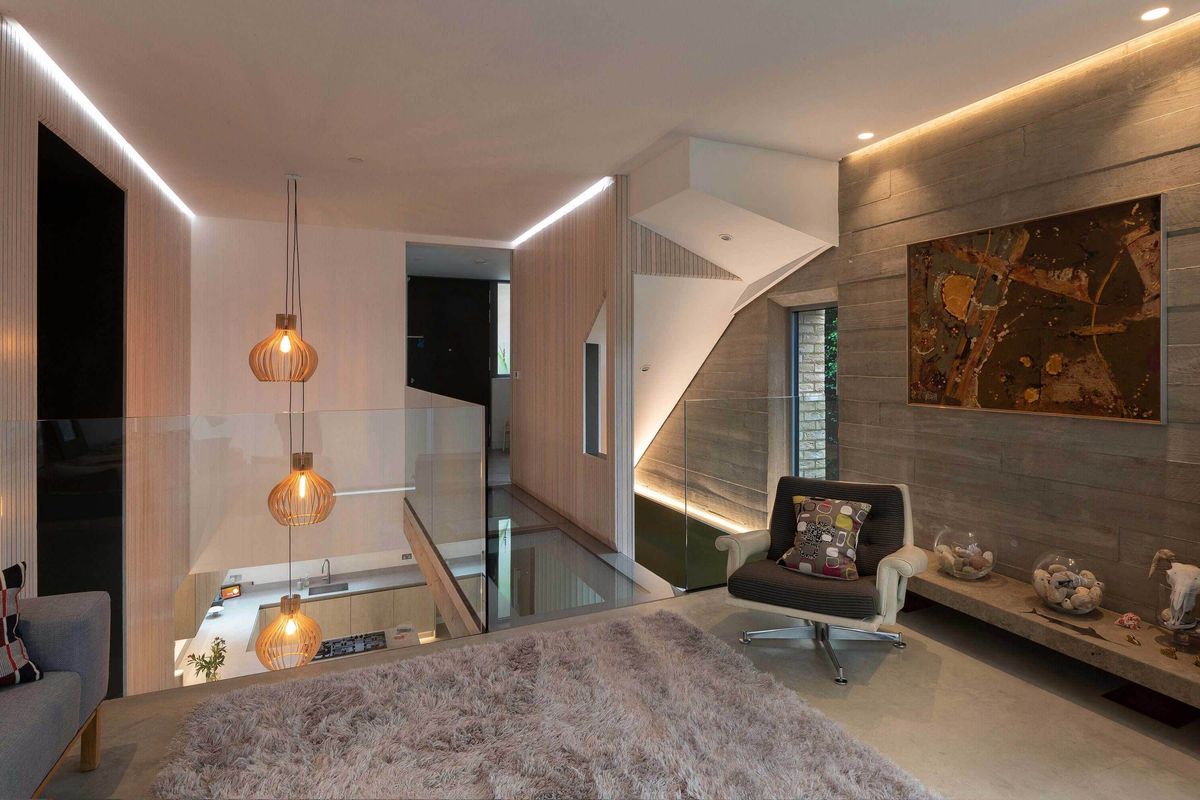
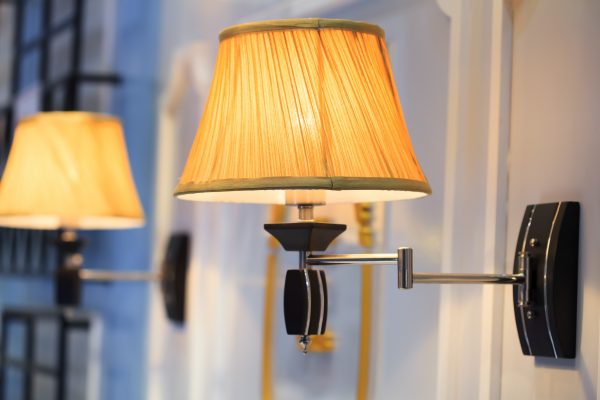
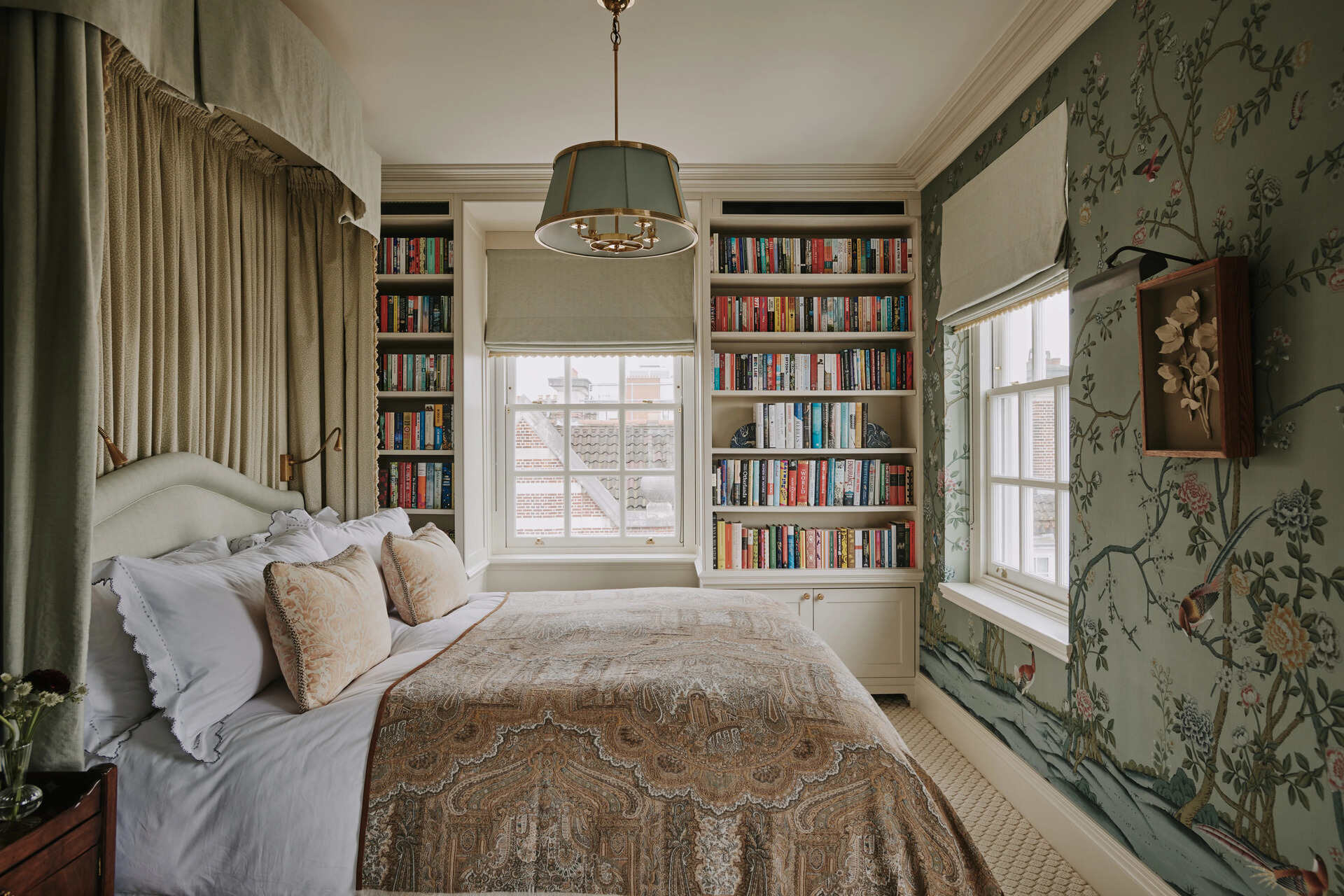
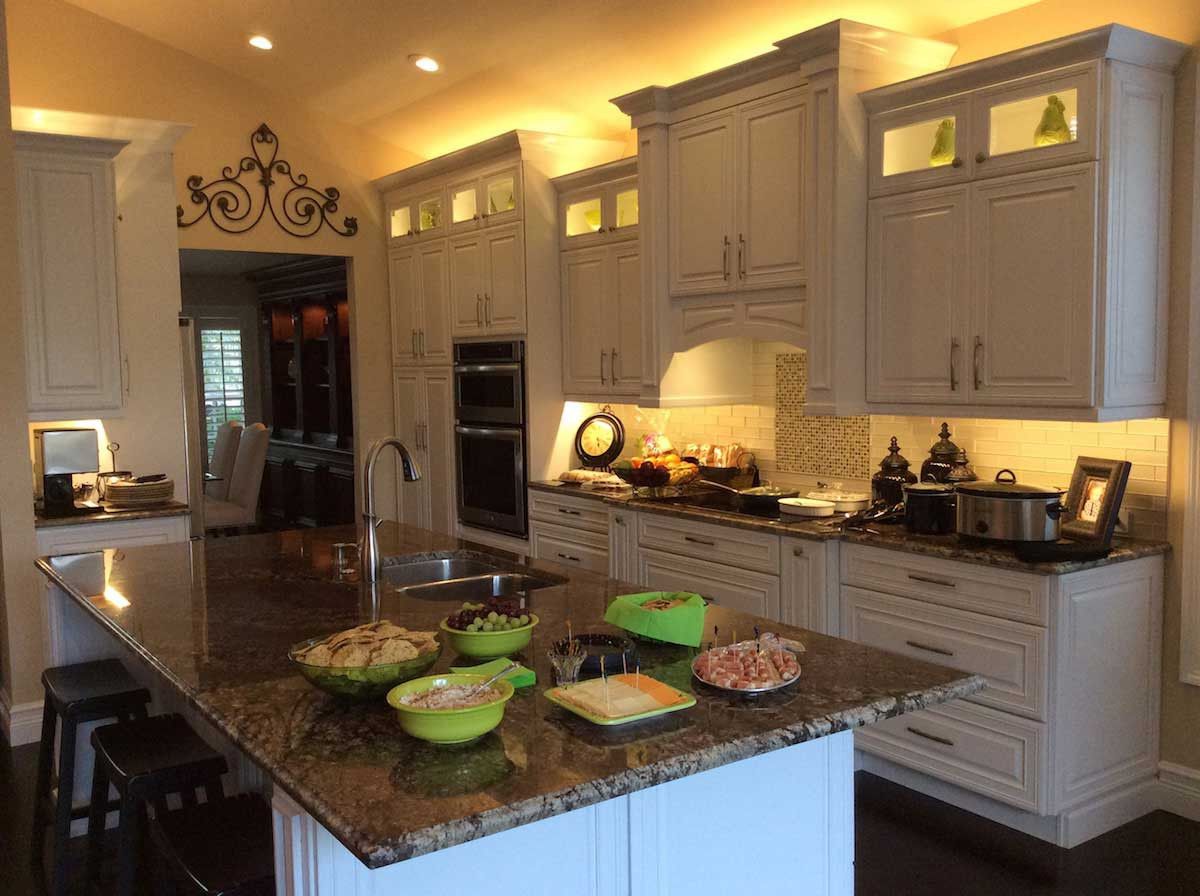
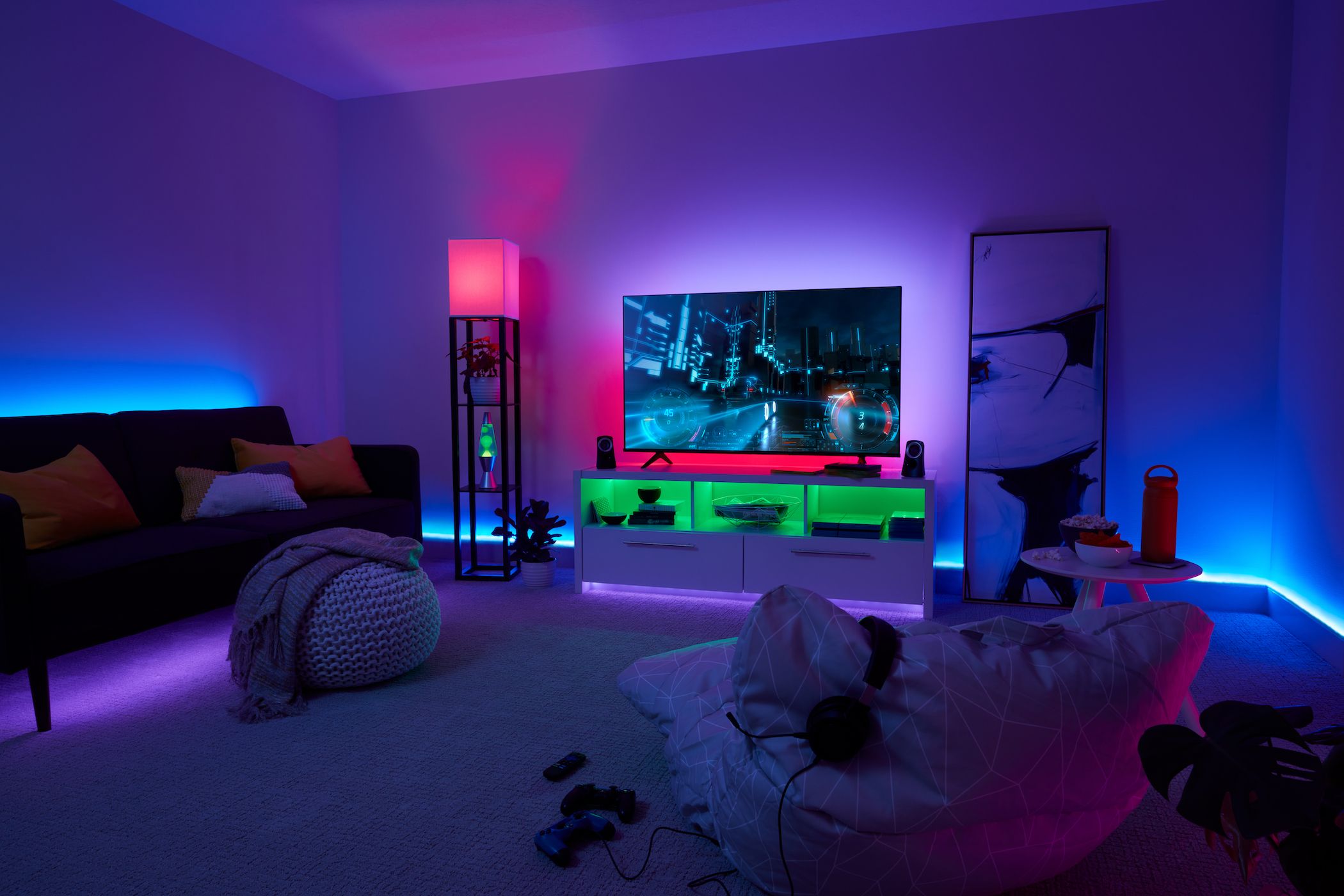
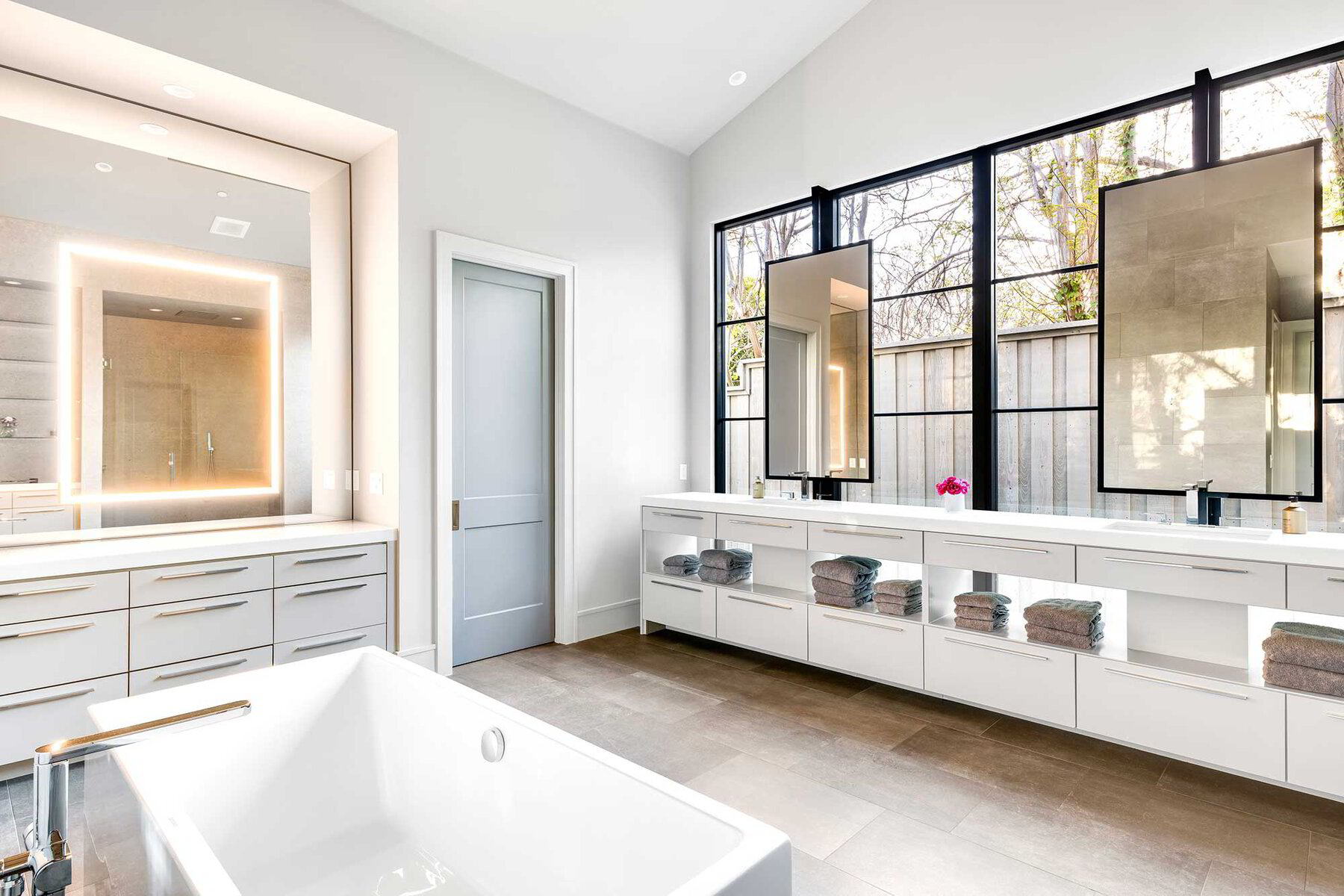
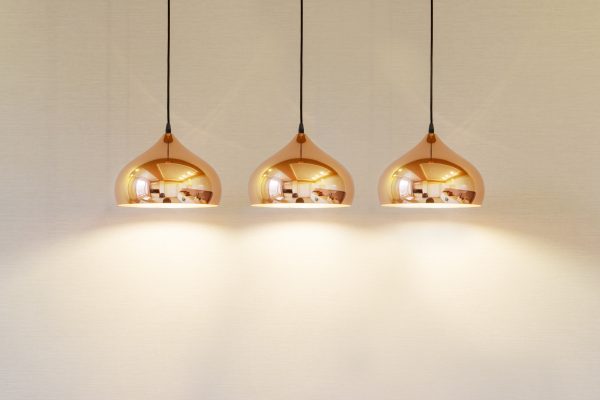
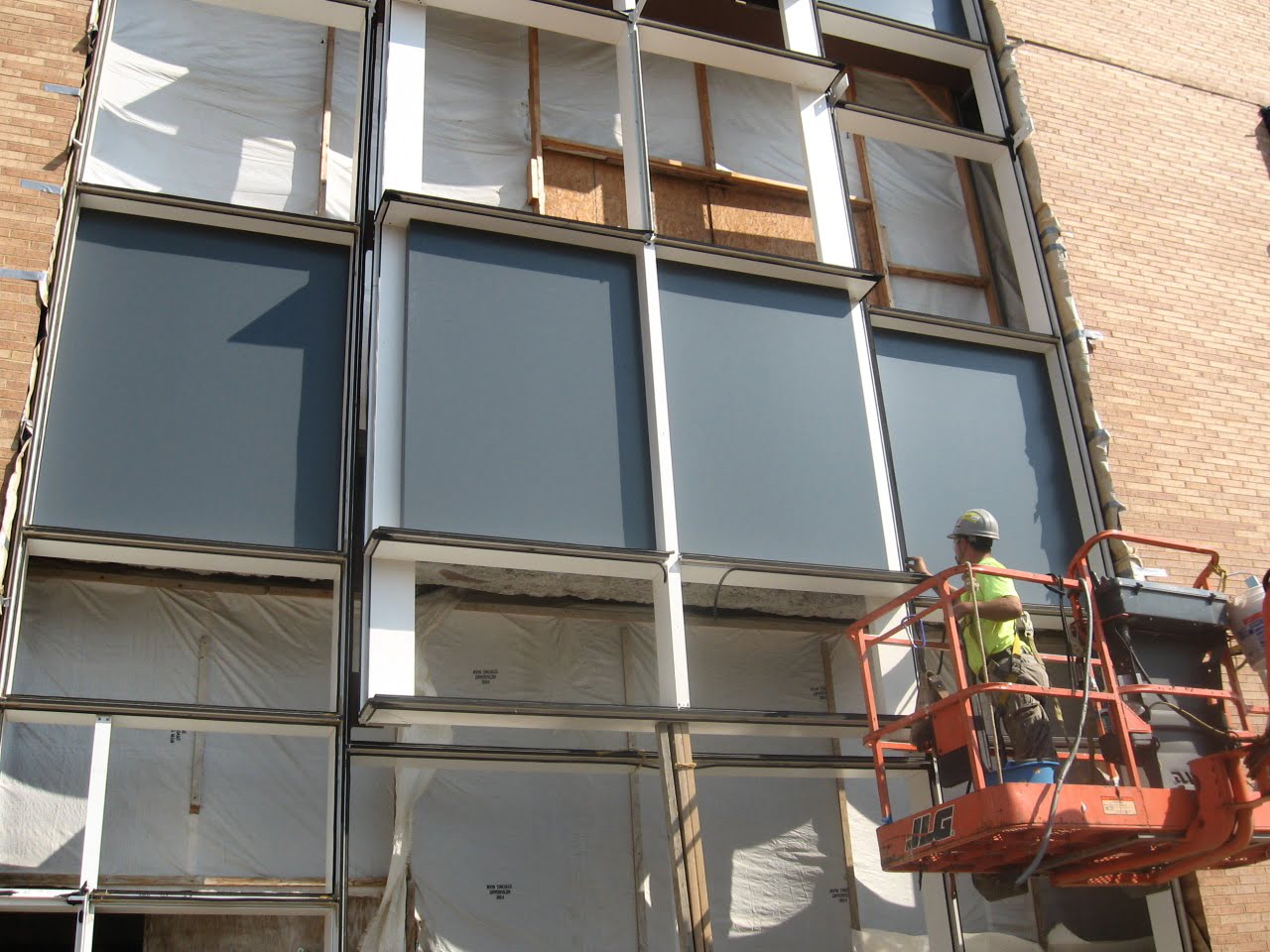
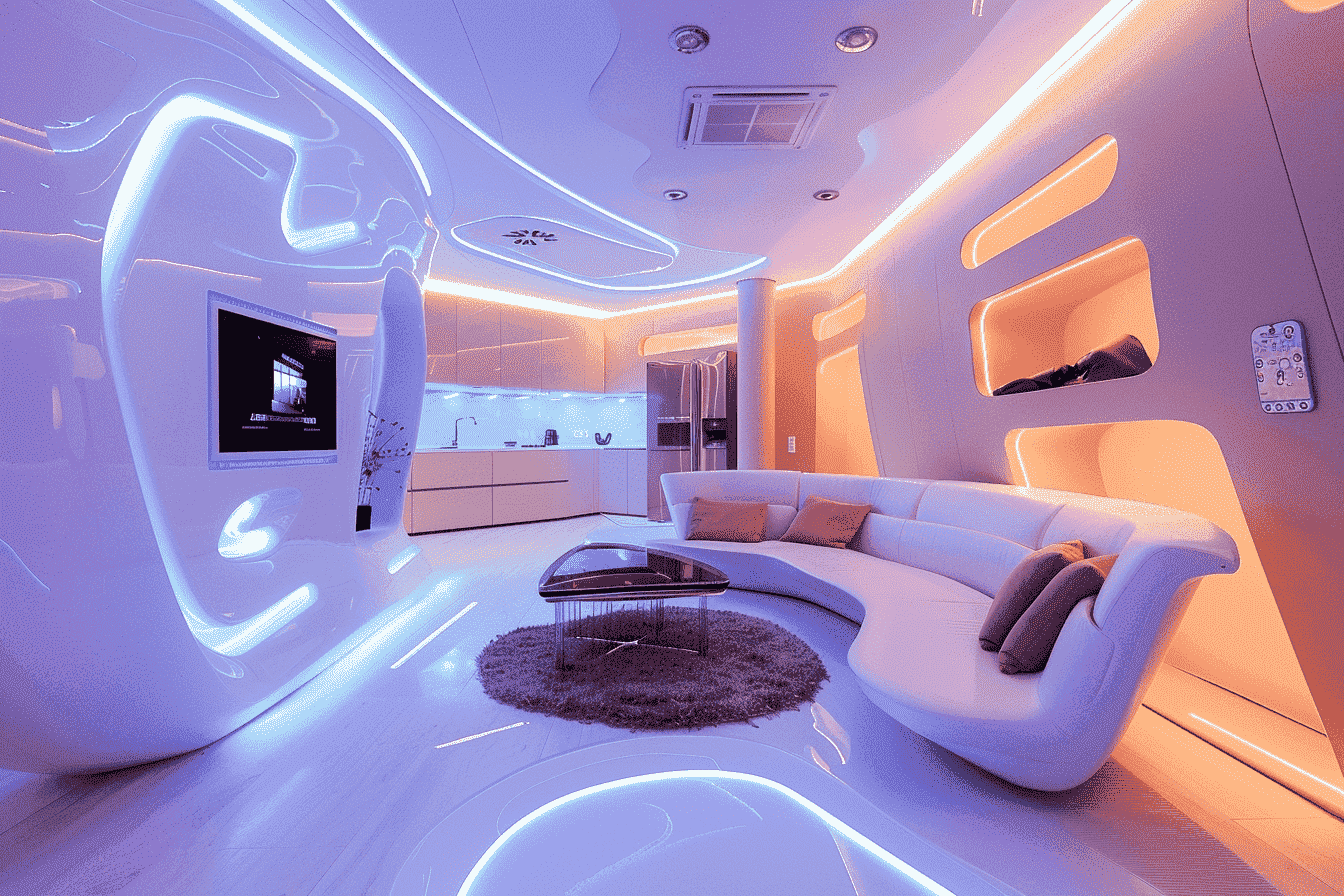

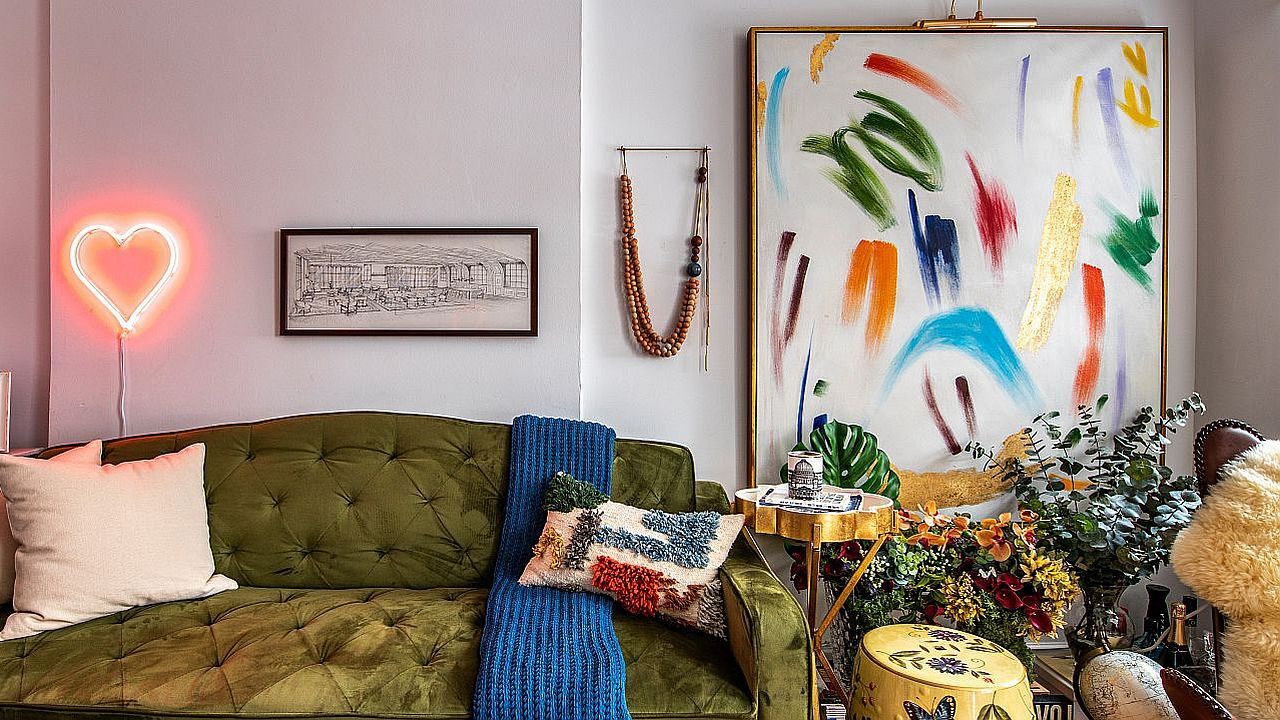
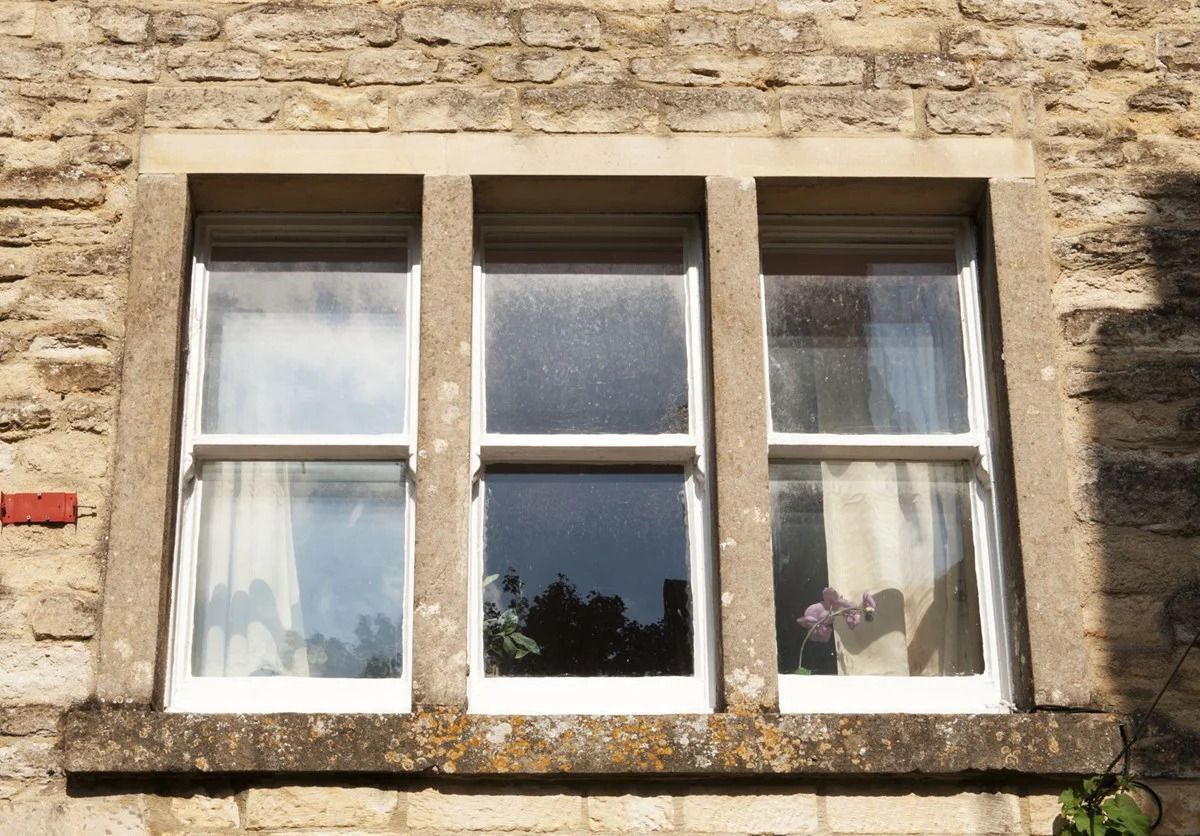
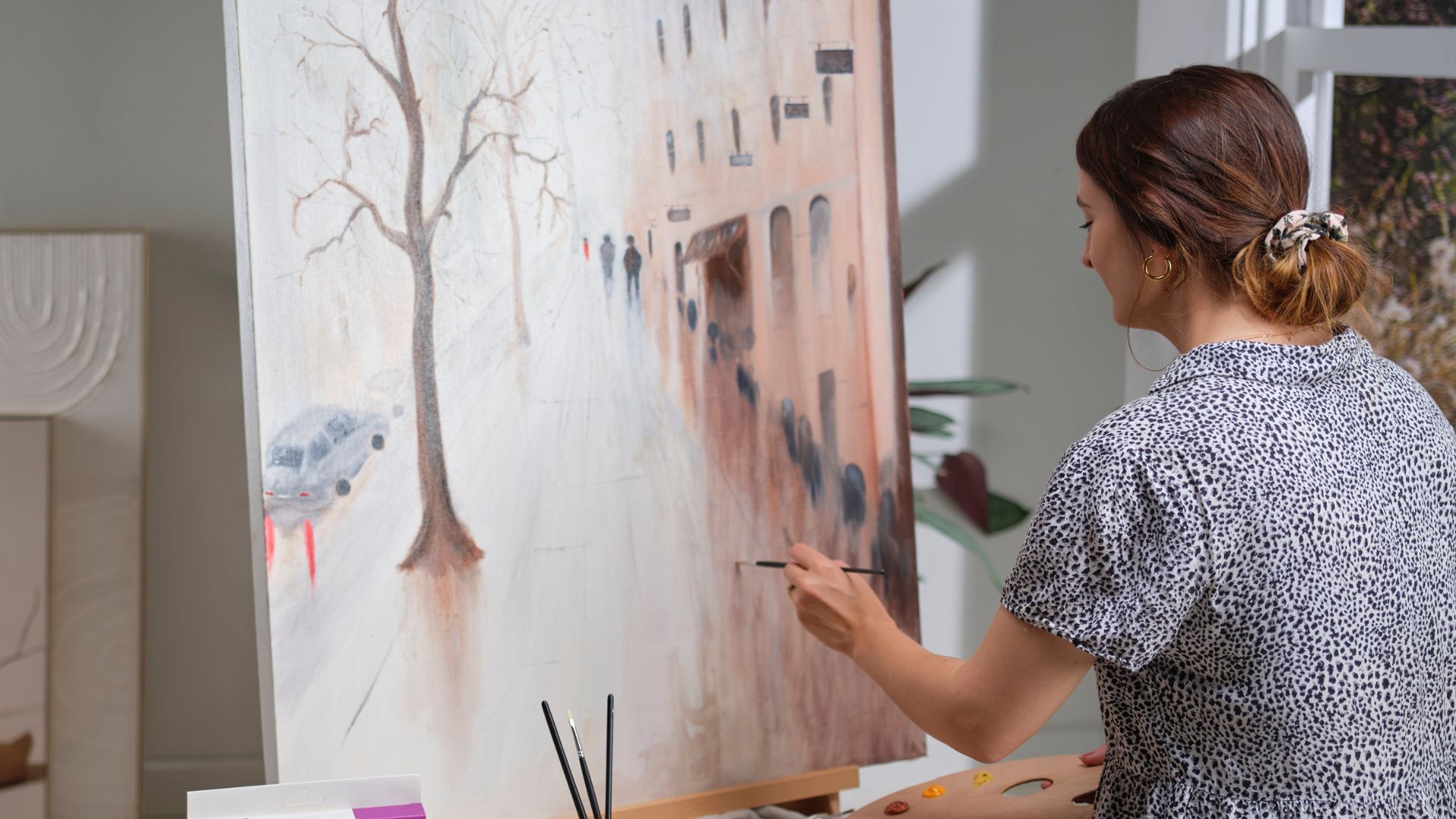

0 thoughts on “Shadows Of Style Mastering Mood Lighting”